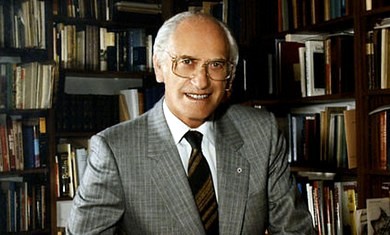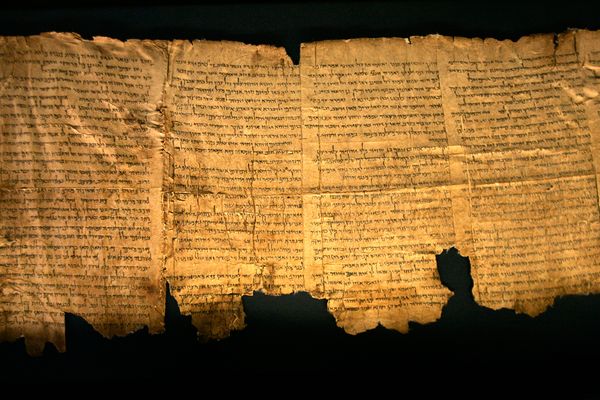A little more than a decade ago, I invested $4 at a local Mormon Family History Library for a microfilmed reel of Jewish records (1846-1853) from my paternal ancestral town of Konin, Poland. It turned out to be one of the most rewarding investments I ever made.
It took a few years but eventually I inspected all of Konin’s Jewish civil records from 1808 to 1884. The microfilms yielded approximately 330 documents pertaining to my family. More family documents awaited in microfilms from neighboring towns.
The 19th-century civil registrations of Congress Poland were handwritten in Polish until 1867 and thereafter in Russian. The documents were largely standard and formulaic in their composition, varying minimally from town to town and from year to year.
As anyone knows who has ever compiled a 19th-century Polish-Jewish family tree, such documents are pieces of a complex jigsaw puzzle that can be fitted together to present a larger picture. Only through rigorous scrutiny do some of these documents relinquish their secrets and mysteries. The task of translation requires the genealogist to be a linguist, but the larger task of interpretation requires that he or she be a skilled detective.
In recent years I have gone over my documents with the proverbial fine-tooth comb. I have translated them afresh, put them in chronological order, and carefully studied Hebrew signatures, discrepancies in ages, naming patterns and other elements. Amazingly, even after a decade, I can still labor through a midnight dreary, poring over these antique papers, and emerge with new insights, interrelationships and enigmas.
How, for example, does one account for the puzzling anomaly of a duplicated death record? The Konin record books contain two documents, dated some three weeks apart in February and March of 1852, that each purport to describe the death of a six-year-old girl, Rodesz Han.
Mourners in 19th-century Poland were apparently spared the legal responsibility of appearing at the town hall within a set period of time to register a death. Fathers do indeed occasionally report the deaths of their own children and then sign the register, but such a painful duty was apparently not obligatory. The only requirement seemed to be that the death had to be reported by someone, and whoever reported it — family representative, neighbor, community official — had to declare that he was convinced “with one’s own eyes” that the death had occurred.
If the girl’s father, Ber Hahn, was present while one of the duplicated entries was made, he was almost certainly not present for both. How could he, as well as the clerk, have forgotten his earlier visit? Further, how could he claim to be 36 years old in one document and 40 in the other? From this instance we may surmise that official registrars were not above freely “guesstimating” ages and otherwise fabricating information.
Apparently our ancestors often purposely mixed up the facts in the civil records. Their reasons? In some cases they wanted to confound the civil authorities responsible for the military draft. They were also superstitious and may have sought to confound the lurking angel of death by being inexact about their names, ages and number of children.
Age discrepancies are rampant in the civil records. Just like today, people then had egotistical reasons for lying about their ages. It’s also probable that people resented the onus of reporting on their domestic affairs and sought to intentionally mislead the powers that be. Telling little white lies might have been a sort of comic subterfuge on their part in an attempt to hoodwink a government administration that was not exactly benign in its dealings with them.
Experienced genealogists acknowledge that even when a “fact” is recorded in an official document, “it ain’t necessarily so.” Biographical details need to be corroborated and reinforced through multiple sources before they can be considered trustworthy. ♦
© 2011






